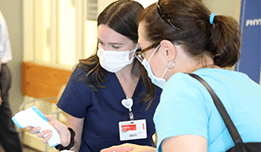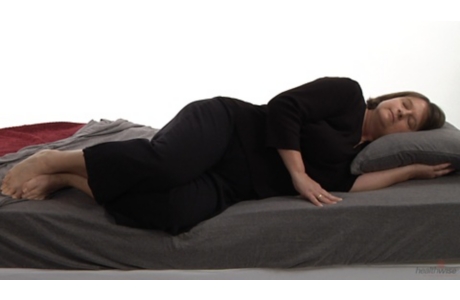Condition Basics
What is upper and middle back pain?
Upper and middle back pain is pain that occurs anywhere from the base of your neck to the bottom of your rib cage. Your ribs attach to the sternum and attach to and wrap around your back. If a nerve in this area is pinched, irritated, or injured, you may also feel pain in other places where the nerve travels. For example, you may have pain in your arms, legs, chest, and belly.
The upper and middle back is called the thoracic spine. Back pain in this area is less common than low back or neck pain. That's because the bones in the upper and middle back don't move as much as the lower back or neck bones.
What causes it?
Many things can cause upper and middle back pain. These include poor posture; overuse or injury of the muscles, ligaments, or discs that support the spine; a vertebra fracture; pressure on the spinal nerves from problems such as a herniated disc; and osteoarthritis.
What are the symptoms?
Common symptoms of upper and middle back pain are muscle tightness or stiffness or a dull, burning, or sharp pain. More serious symptoms that need to be treated right away include weakness in your arms or legs, loss of bowel or bladder control, and numbness or tingling in your arms, legs, chest, or belly.
How is it diagnosed?
Your doctor will ask you about your past health, symptoms, and work and physical activities. Then your doctor will do a physical exam. Your doctor may also order an imaging test, such as an X-ray or an MRI, to find what is causing your pain. You may also need other tests.
How is upper and middle back pain treated?
Most people with mild to moderate back pain can manage their symptoms with over-the-counter pain medicines such as acetaminophen and NSAIDs, heat or ice, exercise, and manual therapy. If your pain gets worse and limits your daily activities, talk to your doctor.









